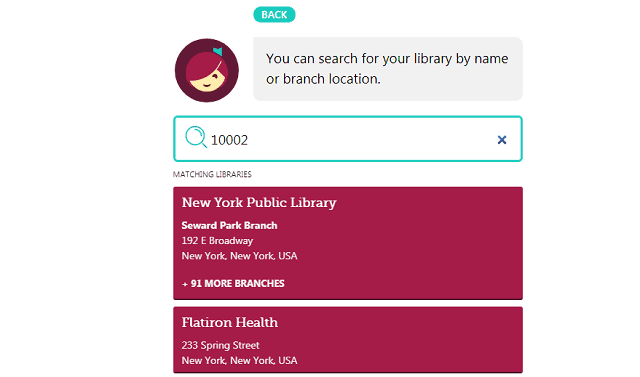So, you’ve just had a series of workforce planning meetings where you discussed everything from resource allocation to employee productivity. But were they successful? How do you measure the success of these meetings?
The success of your workforce planning meetings depends on your objectives and the workforce planning software you use. For instance, if you use Bridgit, the success of your meetings will be based on forecasting, workforce planning, and data-driven decision-making.
Let’s look at other ways to measure the success of your meetings.
Page Contents
How do you define the success of a meeting?

The Harvard Business Review says a meeting is successful if there’s a commitment to the decisions made during it.
Meanwhile, Forbes regards effective conversation, with its four Cs—candor, completion, commitment, and clarity—as one of the determinants of a successful meeting.
At its root, the definition of success for a meeting is subjective, varying from one project and meeting to another. But here are some commons ways to define success:
- Completion of meeting agenda – Every meeting must have a well-planned agenda that contains the pointers and topics attendees will talk about. If you have discussed all these topics and found the required solutions, you can consider your meeting successful.
- Consensus – Many meetings fail because attendees do not come to a consensus about one or more topics on the agenda. In a successful meeting, the attendees come to an agreement on the presented issues.
- Engaged participation – The attendees’ engagement level is a crucial indicator of success. You can measure engagement by the number of comments, suggestions, and questions attendees made during the meeting.
Regardless of your definition of success, there are different ways to determine a meeting’s success. These may range from using metrics for workforce planning software to assessing the engagement of attendees.
How to measure the success of workforce planning meetings?

There are many metrics you can use to measure the success of your workforce planning meetings. They can be categorized into in-meeting and after-meeting metrics. Let’s discuss both in detail.
In-meeting metrics
These are metrics you can track during the meetings. They have little to do with the impact of the decisions made during the meeting and instead focus on the quality and engagement of the meeting itself. Here are some examples:
Timeliness
Did the meeting start on time? Did it end on time? If not, how late was it? How much time do you spend on meetings during a month on average? Knowing all these things is critical to track whether your sessions are benefitting workforce management or not.
For example, if meetings are not starting on time or take much longer than the anticipated time, you might need to adjust the agenda or break them into smaller chunks.
If a meeting results in lost time, productivity, and money, it’s definitely a failure. Zippia’s research shows that an average worker spends three hours weekly in meetings. Most organizations spend 15% of their time on meetings, but 71% of meetings are unproductive, costing around $37 billion per year.
Attendance

The success of your meeting also depends on attendance. How many people did you invite, and how many showed up? Habitual tardiness or absence indicates poor work culture, indicating failed and productive meetings. So, you must oblige employees to attend the meetings to make them productive and successful.
Action items
Every meeting has a number of action items or topics you must discuss. Count how many action items you created during a meeting and keep track of them in the next meeting. How many of these action items did you successfully close?
For example, ‘safety training’ can be an action item on your agenda in a meeting. In the subsequent meeting, see if the previous meeting closed this item. Successful closing may involve creating a safety training program for employees, hiring an instructor, or any other action required to complete the item.
The more items you close from a meeting, the more successful it is.
After-meeting metrics

These metrics measure how the decisions made during the workforce planning meeting impact the workforce. Here are some examples.
Employee engagement scores
Employee engagement is the level of commitment and enthusiasm an employee has toward their job. It is essential to track these scores as it directly impacts productivity and workforce performance.
If the employee engagement score is low, it indicates that the decisions made during the meetings are either not in line with your workforce’s needs or improperly implemented.
Retention rate
How many laborers are you retaining with each project? When planning a project for the next cycle or year, look at your retention history to determine which departments might need more headcount and how you can allocate resources appropriately.
A low retention rate means you need to revise your workforce planning strategy. You may have to adjust the workforce volume in each department, improve employee engagement, or invest in training programs.
If you discussed all these things in previous meetings and are still facing low retention rates, the meetings are not entirely successful.
Communication and collaboration

Not every laborer working on the construction site will be present in meetings. It’s the attendees’ job to convey the messages and decisions made during the meetings to those working under them in the workforce hierarchy.
The meetings are still deemed unsuccessful if these attendees fail to maintain a proper chain of command and communication. While they might be making decisions, these decisions do not translate into results since the actual onsite workers are not on the same page as project managers and contractors.
Conclusion
Measuring the success of a meeting is essential because it ensures accountability for the organizers and the participants. It also paves the way for continuous improvement since you can see what worked well previously and can replicate the same for future meetings.
The key to holding successful meetings is to ensure considerable attendance, create an agenda, and track the action items. Doing this will allow you to conduct successful meetings that solve problems, devise strategies, engage the workforce, and keep the project on track.





